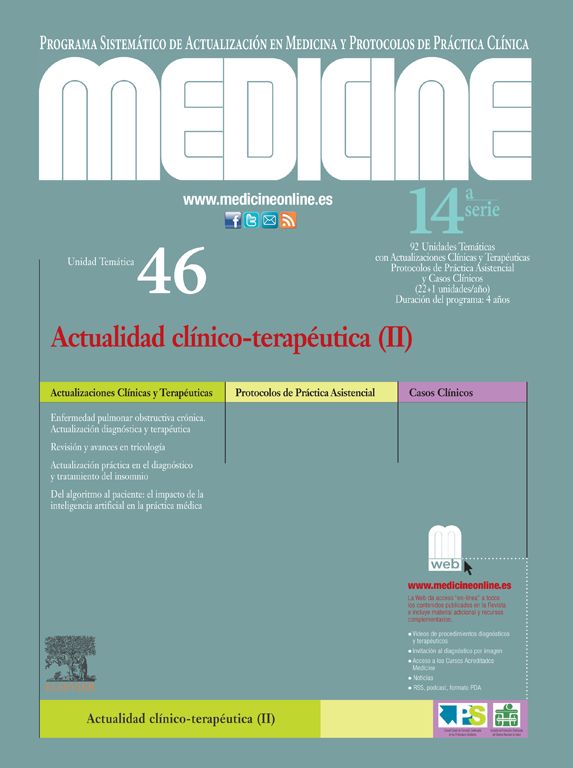Las células presentadoras de antígeno profesionales (APC) representan un conjunto celular, perteneciente a nuestro sistema inmune innato, especializado en fagocitar o pinocitar microorganismos, hidrolizarlos en pequeños fragmentos moleculares e incorporarlos a sus correspondientes moléculas presentadoras de antígenos. Este conjunto de APC está compuesto principalmente por precursores en la médula ósea, monocitos circulantes en la sangre periférica, macrófagos en los tejidos, linfocitos B, células dendríticas y células de Langerhans en prácticamente todos los tejidos de nuestro organismo. Cada uno de estos tipos celulares está especializado en capturar, procesar y presentar antígenos de diferente naturaleza. Mediante moléculas de histocompatibilidad de clase II son capaces de presentar pequeños fragmentos peptídicos a los linfocitos T convencionales, mientras que mediante moléculas presentadoras como el CD1 son capaces de presentar pequeños fragmentos lipídicos a los linfocitos NKT. En este artículo nos vamos a centrar en el estudio de los monocitos, macrófagos y células dendríticas, y el avance que se ha experimentado en los últimos años en el estudio de las subpoblaciones que los componen. Asimismo, abordaremos el relevante papel de los monocitos en la inflamación y en la destrucción de patógenos y el papel de las células dendríticas como nexo entre la inmunidad innata y la adaptativa, encargándose de iniciar la activación de los linfocitos T novatos.
Palabras clave
Professional “antigen presenting cells” represent a cellular group, belonging to our innate immune system, specialized in phagocytizing or pinocytizing microorganisms, hydrolyzing them into small molecular fragments and incorporating them into their corresponding antigen presenting molecules. This combination of APC is principally made up of precursors in the bone marrow, peripheral circulating blood monocytes, macrophages in the tissues, B cells, dendritic cells and Langerhans cells in practically all the tissues in our body. Each one of these types of cells is specialized in capturing, processing and presenting different types of antigens. By class II histocompatibility molecules, they are capable of presenting small peptidic fragments to the conventional T cells, while by presenting molecules such as the CD1, they are capable of presenting small lipidic fragments to the NKT lymphocytes. In this chapter, we are going to focus on the study of the monocytes, macrophages and dendritic cells and the advance experienced in recent years in the study of the subpopulations they make up. We will also address the relevant role of monocytes in inflammation and the destruction of pathogens and the role of dendritic cells as a link between the adaptive and innate immunity, taking charge of initiating the activation of the novel T cells.
Keywords
Identifíquese
¿Aún no es suscriptor de la revista?
Comprar el acceso al artículo
Comprando el artículo el pdf del mismo podrá ser descargado
Teléfono para incidencias
De lunes a viernes de 9h a 18h (GMT+1) excepto los meses de julio y agosto que será de 9 a 15h




